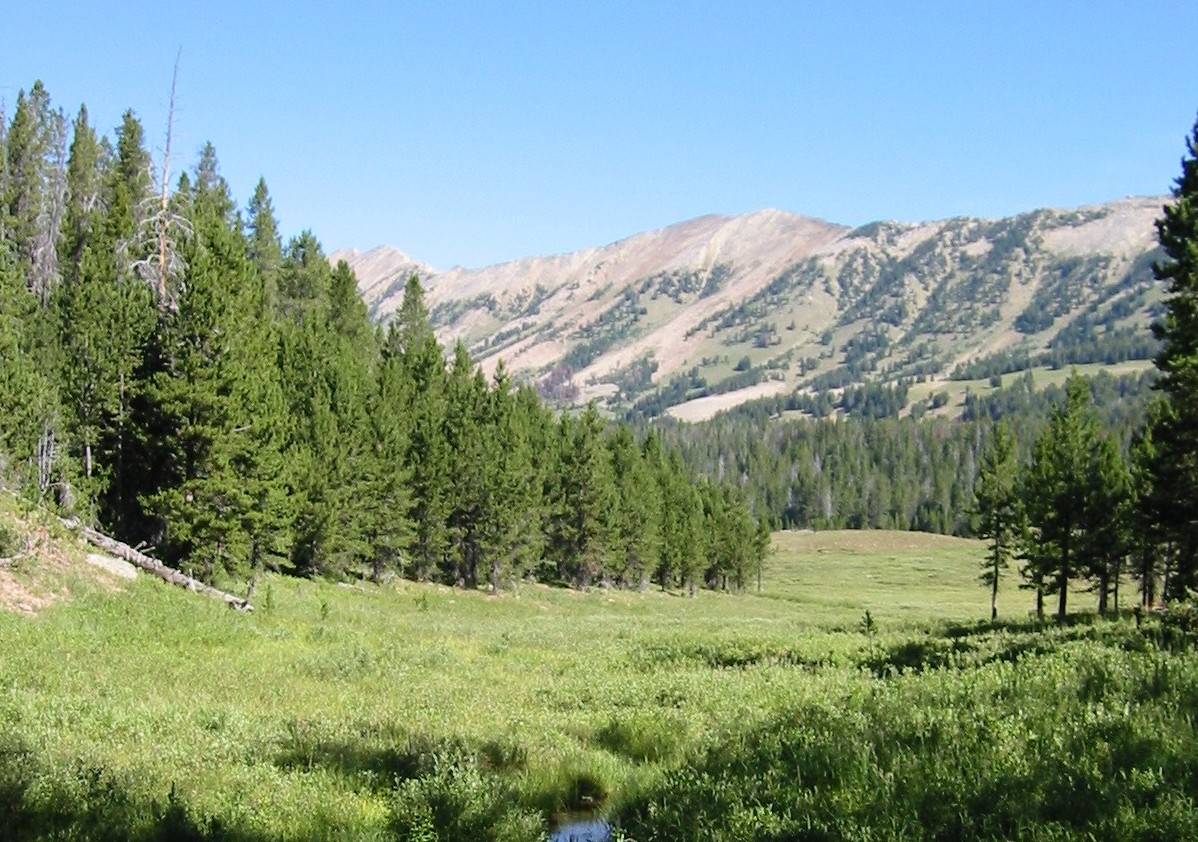Ecological systems of Montana on:
[Wikipedia]
[Google]
[Amazon]
 There are 62 named
There are 62 named
Montana Fish, Wildlife and Parks
(FWP) have shared their views on Montana's Main Ecosystems as montane forest, intermountain grasslands, plains grasslands and shrub grasslands. Th
(MAES) categorized Montana's ecosystems based on the different rangelands. They have recognized 22 different ecosystems whereas the ''Montana Natural Heritage Program'' named 62 ecosystems for the entire state.
 There are 62 named
There are 62 named Ecological Systems
An ecosystem (or ecological system) consists of all the organisms and the physical environment with which they interact. These biotic and abiotic components are linked together through nutrient cycles and energy flows. Energy enters the syste ...
found in Montana
Montana () is a state in the Mountain West division of the Western United States. It is bordered by Idaho to the west, North Dakota and South Dakota to the east, Wyoming to the south, and the Canadian provinces of Alberta, British Columb ...
These systems are described in the Montana Field Guides-Ecological Systems of Montana.
About
An ecosystem is a biologicalenvironment
Environment most often refers to:
__NOTOC__
* Natural environment, all living and non-living things occurring naturally
* Biophysical environment, the physical and biological factors along with their chemical interactions that affect an organism or ...
consisting of all the organisms
In biology, an organism () is any life, living system that functions as an individual entity. All organisms are composed of cells (cell theory). Organisms are classified by taxonomy (biology), taxonomy into groups such as Multicellular o ...
living in a particular area, as well as all the nonliving, physical components of the environment with which the organisms interact, such as air, soil, water and sunlight."Biology Concepts & Connections Sixth Edition", Campbell, Neil A. (2009), page 2, 3 and G-9. Retrieved 2010-06-14. It is all the organisms in a given area, along with the nonliving (abiotic) factors with which they interact; a biological community and its physical environment. As stated in an article from Montana State University in their Institute on Ecosystems; "''An ecosystem can be small, such as the area under a pine tree or a single hot spring in Yellowstone National Park, or it can be large, such as the Rocky Mountains, the rainforest or the Antarctic Ocean."'' ThMontana Fish, Wildlife and Parks
(FWP) have shared their views on Montana's Main Ecosystems as montane forest, intermountain grasslands, plains grasslands and shrub grasslands. Th
(MAES) categorized Montana's ecosystems based on the different rangelands. They have recognized 22 different ecosystems whereas the ''Montana Natural Heritage Program'' named 62 ecosystems for the entire state.
Forest and Woodland Systems
* Northern Rocky Mountain Mesic Montane Mixed Conifer Forest * Rocky Mountain Subalpine Mesic Spruce-Fir Forest and Woodland * Northwestern Great Plains - Black Hills Ponderosa Pine Woodland and Savanna * Northern Rocky Mountain Dry-Mesic Montane Mixed Conifer Forest * Rocky Mountain Foothill Limber Pine - Juniper Woodland * Northern Rocky Mountain Foothill Conifer Wooded Steppe * Rocky Mountain Lodgepole Pine Forest * Middle Rocky Mountain Montane Douglas-Fir Forest and Woodland * Northern Rocky Mountain Ponderosa Pine Woodland and Savanna * Rocky Mountain Poor Site Lodgepole Pine Forest * Rocky Mountain Subalpine Dry-Mesic Spruce-Fir Forest and Woodland * Northern Rocky Mountain Subalpine Woodland and Parkland * Rocky Mountain Aspen Forest and Woodland * Western Great Plains Wooded Draw and Ravine * Inter-Mountain Basins Mountain Mahogany Woodland and Shrubland * Inter-Mountain Basins Aspen Mixed Conifer Forest-WoodlandAlpine Systems
* Rocky Mountain Alpine Dwarf-Shrubland * Rocky Mountain Alpine Turf * Rocky Mountain Alpine Bedrock and Scree * Rocky Mountain Alpine Fell-Field * North American Alpine Ice FieldShrubland, Steppe and Savanna Systems
* Northwestern Great Plains Shrubland * Rocky Mountain Lower Montane-Foothill Shrubland * Northern Rocky Mountain Montane-Foothill Deciduous Shrubland * Northern Rocky Mountain Subalpine Deciduous Shrubland * Inter-Mountain Basins Big Sagebrush Steppe * Inter-Mountain Basins Montane Sagebrush Steppe * Inter-Mountain Basins Big Sagebrush Shrubland * Wyoming Basins Dwarf Sagebrush Shrubland and Steppe * Inter-Mountain Basins Mat Saltbush Shrubland * Inter-Mountain Basins Mixed Salt Desert ScrubGrassland Systems
* Northwestern Great Plains Mixedgrass Prairie * Western Great Plains Sand Prairie * Northern Rocky Mountain Lower Montane, Foothill and Valley Grassland * Rocky Mountain Subalpine-Montane Mesic Meadow * Northern Rocky Mountain Subalpine-Upper Montane GrasslandSparse and Barren Systems
* Inter-Mountain Basins Active and Stabilized Dune * Western Great Plains Badlands * Inter-Mountain Basins Shale Badland * Western Great Plains Cliff and Outcrop * Rocky Mountain Cliff, Canyon and Massive Bedrock * Inter-Mountain Basins Cliff and CanyonOpen Water/Wetland and Riparian Systems
* Rocky Mountain Subalpine-Montane Fen * Western Great Plains Closed Depressional Wetland * Western Great Plains Open Freshwater Depression Wetland * Great Plains Prairie Pothole * Western Great Plains Saline Depression Wetland * Northern Rocky Mountain Wooded Vernal Pool * Inter-Mountain Basins Greasewood Flat * Northwestern Great Plains Floodplain * Northwestern Great Plains Riparian * Northern Rocky Mountain Lower Montane Riparian Woodland and Shrubland * Rocky Mountain Lower Montane-Foothill Riparian Woodland and Shrubland * Rocky Mountain Subalpine-Montane Riparian Shrubland * Rocky Mountain Subalpine-Montane Riparian Woodland * Northern Rocky Mountain Conifer Swamp * North American Arid West * Geysers and Hot Springs * Open Water * Rocky Mountain Alpine-Montane Wet MeadowFurther reading
* * * *See also
*Greater Yellowstone Ecosystem
The Greater Yellowstone Ecosystem (GYE) is one of the last remaining large, nearly intact ecosystems in the northern temperate zone of the Earth. It is located within the northern Rocky Mountains, in areas of northwestern Wyoming, southwestern M ...
Notes
{{MontanaMontana
Montana () is a state in the Mountain West division of the Western United States. It is bordered by Idaho to the west, North Dakota and South Dakota to the east, Wyoming to the south, and the Canadian provinces of Alberta, British Columb ...
Natural history of Montana